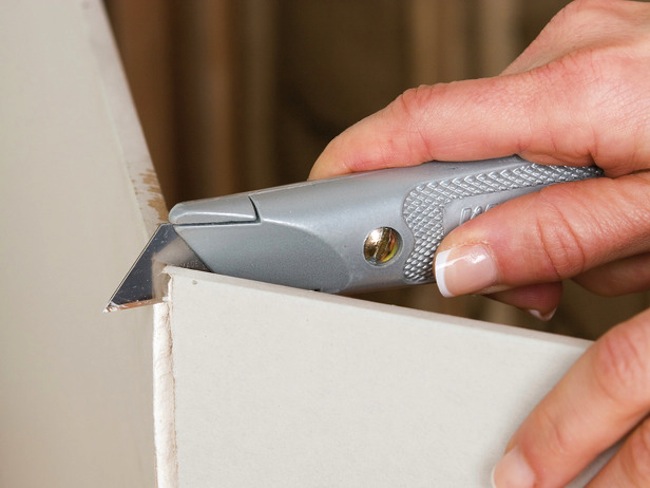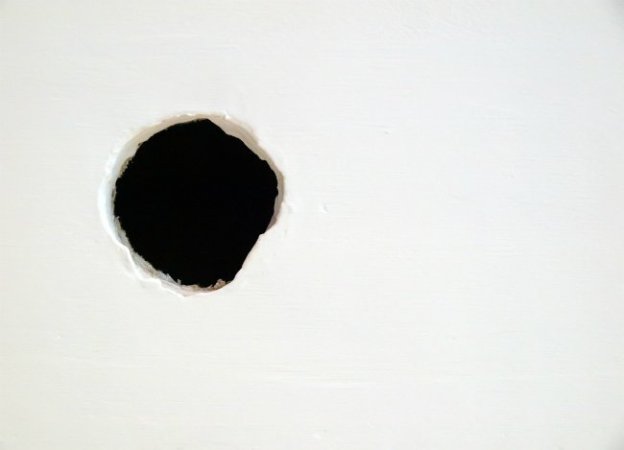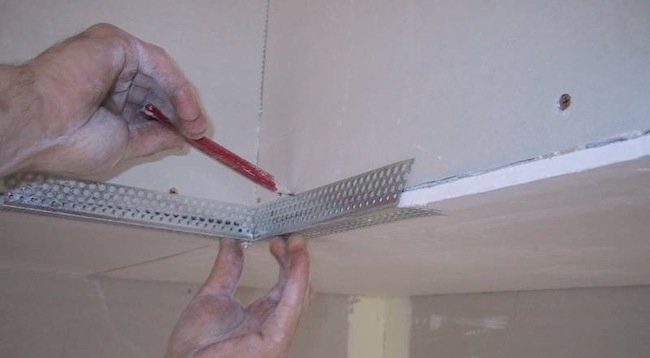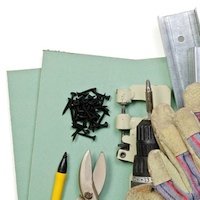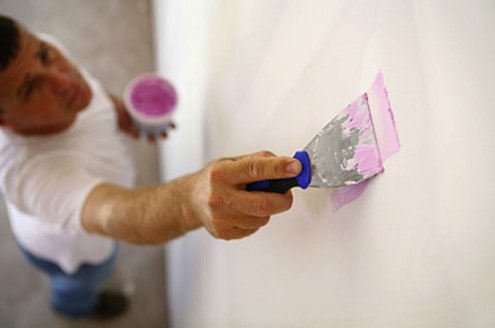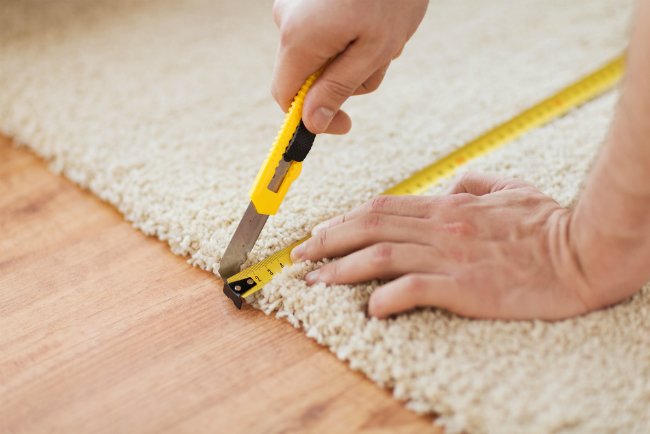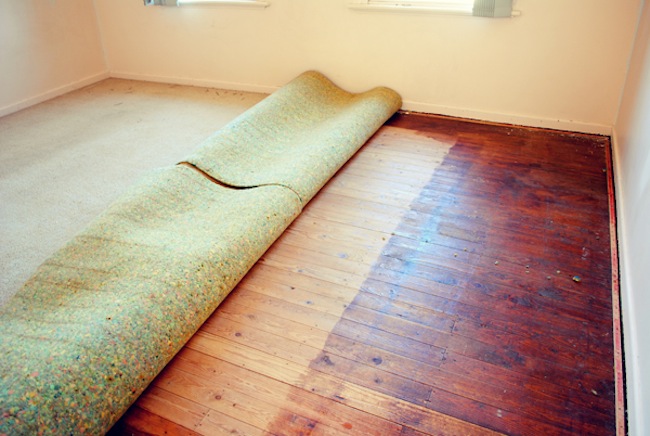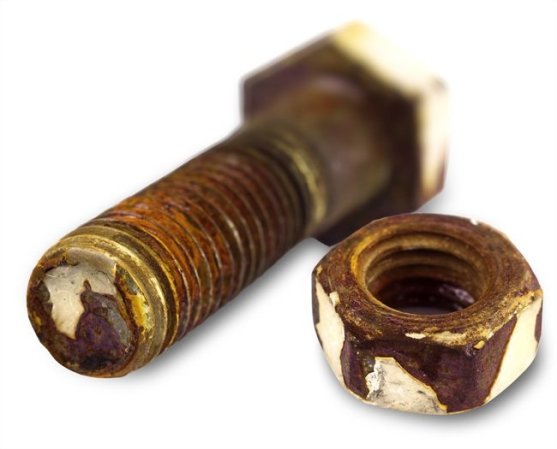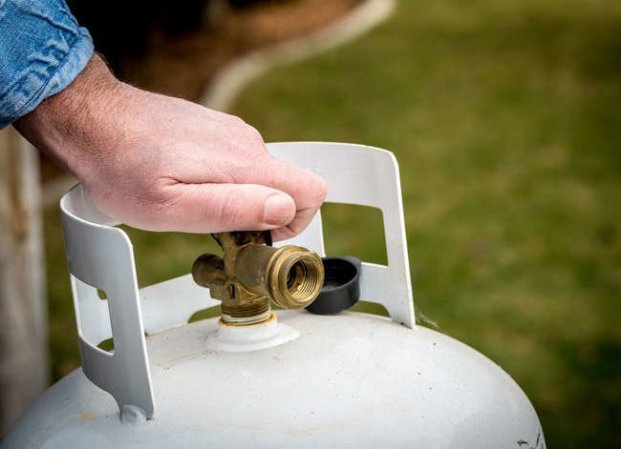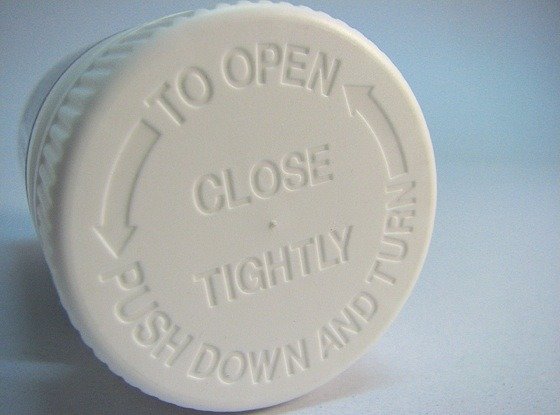We may earn revenue from the products available on this page and participate in affiliate programs. Learn More ›
I’ve got to remove some drywall in a room so I can nail studs behind the wall for anchoring purposes. What is the best tool for cutting the drywall?
For cutting installed drywall, I recommend a jab saw.
If for any reason you want to cut drywall that has already been installed—for a nailer (blocking), say, or recessed lighting—the name of the game is minimizing dust. The jab saw is often the tool I recommend, because not only does it generate less dust than a power saw, but it allows you to closely control the cut so as not to disturb electrical work and plumbing behind the wall.
As you work, use your free hand to follow the cut line with the nozzle of a shop vac, also known as a wet/dry vac.
Further minimize dust by fitting the jab saw (view example on Amazon) with a metal-cutting blade, which has fine teeth that won’t remove as much material as a comparatively coarse standard blade. Let the inside face of the stud be a guide for your cut; once the cut has been made, follow up with a utility knife, using the precision tool to smooth out any irregular edges.
To cut a loose, uninstalled drywall panel, use a utility knife in combination with a drywall square.
When you’re cutting a drywall panel prior to installation—or when patching a damaged section—your best bet is to use a utility knife in combination with a 48-inch drywall square (view example on Amazon). With the square, mark your cut lines, then score them with the utility knife, going deep enough to slightly pierce the gypsum core.
Next, snap the panel along the scores you’ve made.
What remains now is the drywall face paper on the side that you didn’t score, but which you should have no trouble cutting it away at this point in the process. Once more, use your trusty utility knife to get the job done. Only be careful to avoid tearing the paper, particularly if your project is going to involve taping drywall seams.
To make any minor, final-stage adjustments to the panel or patch you have cut, use a rasp to grind the drywall down to the dimensions desired.

